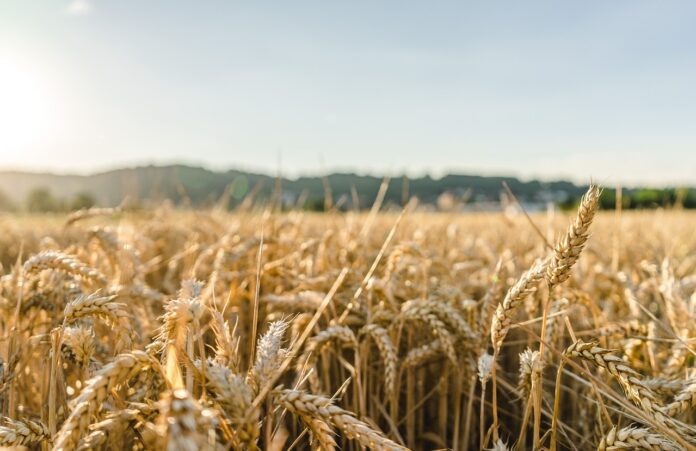The technology developed by researchers at the University of Sydney could revolutionize agricultural loss management due to mouse plague.
In 2021, NSW Farmers predicted that the mouse plague would inflict $1 billion in crop loss in Australia.
The study, published in Nature Sustainability, was led by Ph.D. student Finn Parker, with co-authors from the Sydney Institute of Agriculture and School of Life and Environmental Sciences, Professor Peter Banks, Dr. Catherine Price, and Jenna Bytheway.
According to the research team, spraying diluted wheat germ oil on a wheat crop before and after seeding reduces mice’s ability to successfully steal wheat seeds by 63 percent compared to untreated controls.
Seed loss was decreased by 74 percent if the same solution was applied to the wheat plot before planting. They claim that the mice have figured out how to ignore the wheat odour by the time the crop is sown.
This disinformation strategy may be effective in other agricultural systems since any animal that uses smell to locate food is potentially subject to our capacity to manipulate that smell and impair the animal’s ability to search.
Professor Banks said, “We could reduce mice damage even during plague conditions simply by making it hard for mice to find their food, by camouflaging the seed odor. Because they’re hungry, they can’t spend all their time searching for food that’s hard to find.”
He also said, “When the smell of the seed is everywhere, they’ll just go and look for something else instead of being encouraged to dig. That’s because mice are precise foragers that can smell seeds in the ground and explore exactly where a seed is. However, they can’t do that because everything smells like seeds. This misinformation tactic could work well in other crop systems. Indeed, any animal that finds food by smell is potentially vulnerable to us manipulating that smell and undermining their ability to search.”
Finn Parker said, “The camouflage appeared to last until after the seeds germinated, which is the period of vulnerability when wheat needs to be protected.”
He added that camouflage treatment could be an effective solution for wheat growers, given wheat’s brief vulnerability.
He said, “Most mouse damage occurs when seeds are sown up to germination, just under two weeks later. Mice can’t evolve resistance to the method either because it uses the same odor that mice rely on to find wheat seeds.”
The majority of mouse damage happens between the time seeds are sown and germination or slightly under two weeks later.
In May 2021, 60 plots on a farm 10 kilometers northwest of Pleasant Hills, New South Wales, served as the testing ground for five treatments.
The other three treatments were controls, while two used the wheat germ oil solution.
Similar results were achieved by all control treatments, which sustained noticeably more significant damage than treated plots.
A reasonably affordable by-product of milling is wheat germ oil. The scientists claimed that their solution, consisting of diluted wheat germ oil in water, provides a safe, long-lasting substitute for pesticides and baits.
“If people want to control mice but can’t get numbers down low enough, our technique can be a potent alternative to pesticides or add value to existing methods.” Dr Price said.
The research could aid wheat farmers at a crucial time.
The number of mice is increasing, and wheat is sown in the middle of fall.
According to the Department of Agriculture, the Australian wheat market is anticipated to hit a record high of $15 billion this fiscal year.
Wheat producers may benefit from the research at this critical time. Wheat is sown in the middle of fall, and mouse populations are increasing.
The next step is for the researchers to determine how diluted the concentration can be and still effectively repel mice and how frequently the solution needs to be sprayed on a crop to maintain its efficacy.
According to the Department of Agriculture, the Australian wheat market is anticipated to hit a record high of $15 billion this fiscal year.
Journal Reference:
- Parker, F.C.G., Price, C.J., Bytheway, J.P., et al. Olfactory misinformation reduces wheat seed loss caused by rodent pests. Nature Sustainability. DOI: 10.1038/s41893-023-01127-3
